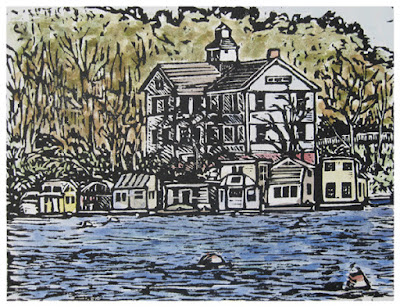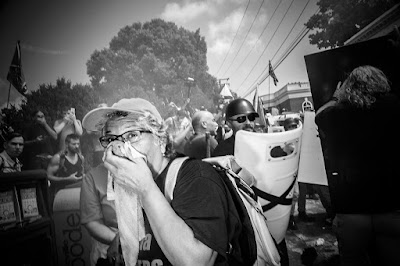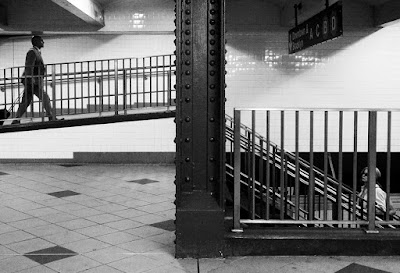
"Though 'Interstellar' pounds the eardrums mercilessly with Hans Zimmer’s overbearing music, the noisiest movie coming out this week is Frederick Wiseman’s 'National Gallery,' which opened on Wednesday at Film Forum. The documentary is about the London museum of the title, and is set almost entirely within its confines. The three-hour-long film has no musical score and no apparent added sound effects. What it does have is a lot of of talking, much of which takes place in the presence of masterworks on display. A lot of that talk is a distraction and an annoyance on the order of construction noise—and yet that superfluous and distracting vocal drone is the canny intellectual underpinning of Wiseman’s movie. ..."
New Yorker (By Richard Brody)
NY Times: Framing the Viewers, and the Viewed
Guardian: National Gallery (Video)
PBS (Video)
National Gallery London
W - National Gallery
YouTube: NATIONAL GALLERY Official US trailer, Top 10 Paintings at the National Gallery London, London: The National Gallery & Gift Shop

















































